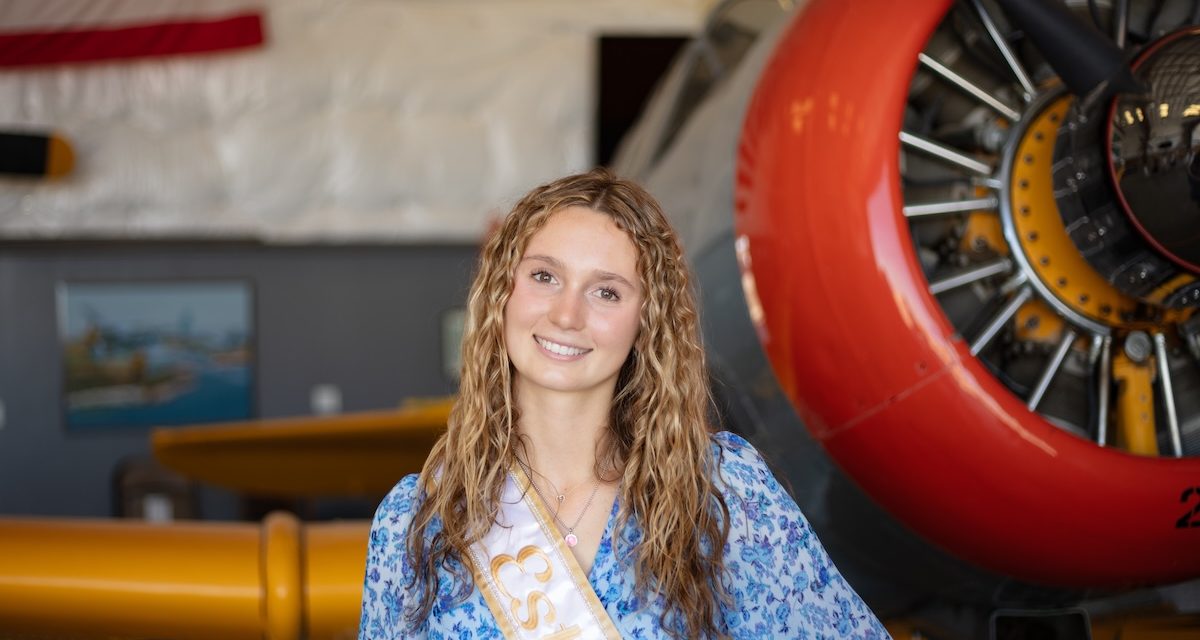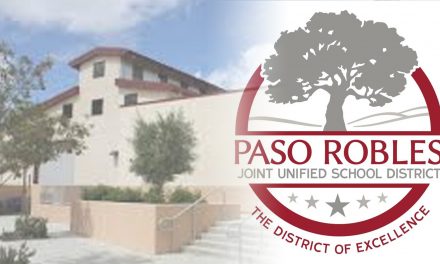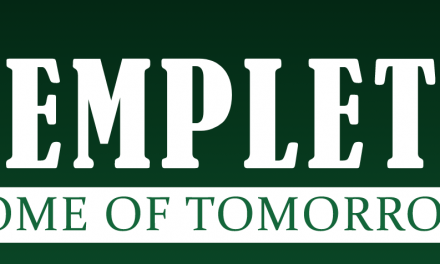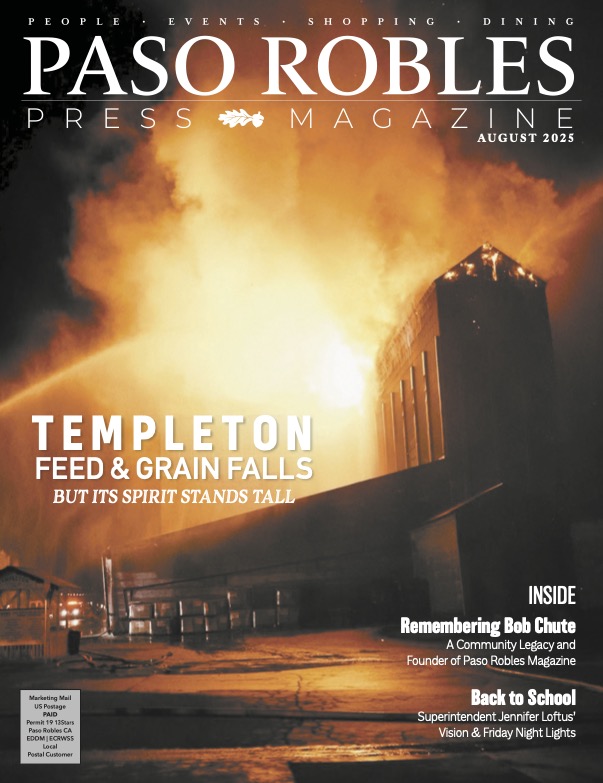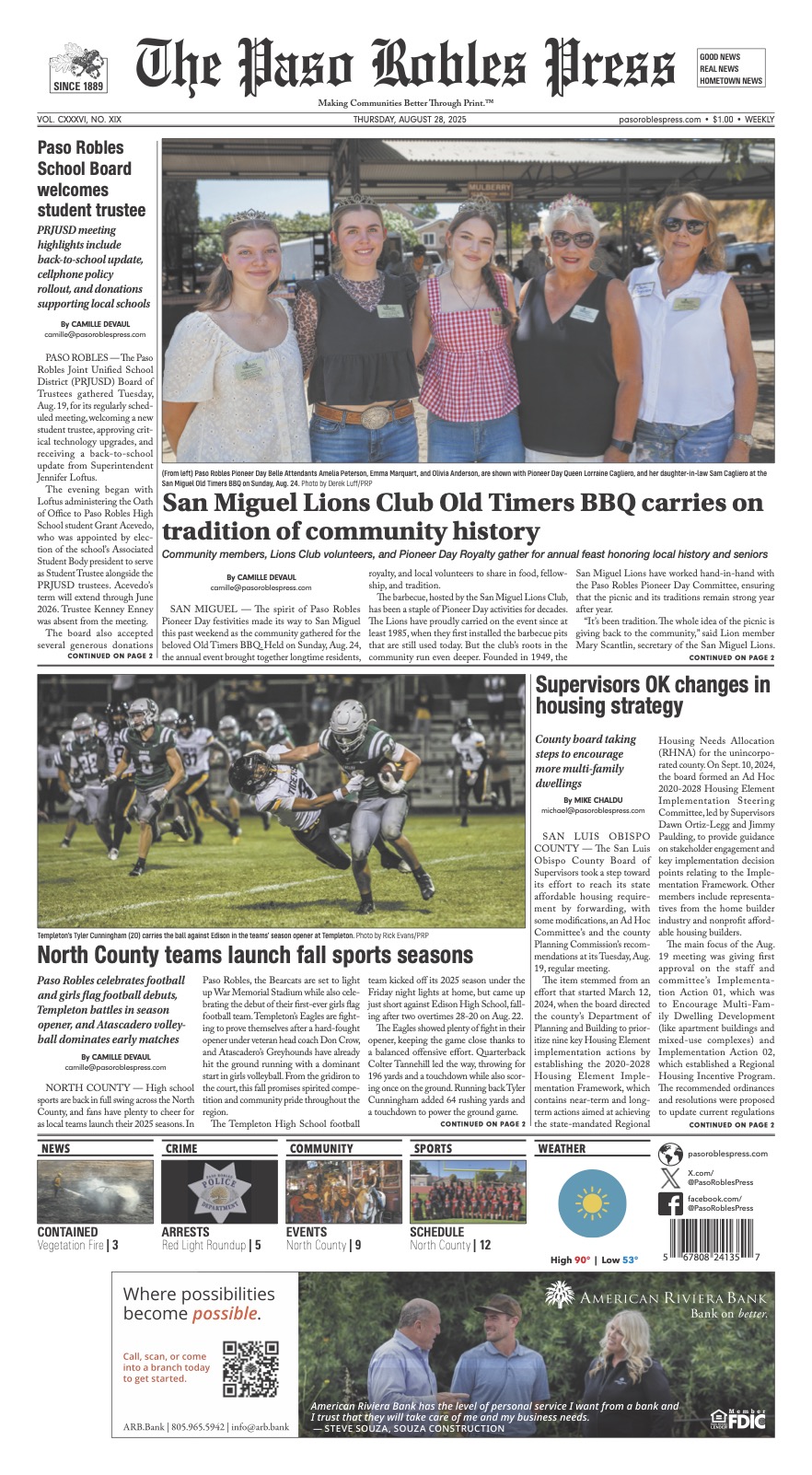High school students collaborate with global scientists, earn publication in Journal of Double Star Observations
PASO ROBLES — Paso Robles High School has a unique program called the Field Studies Collaborative (FSC). These are a collection of courses that have students doing botanical work on Santa Cruz Island, marine biology in the tidepools of SLO County, nature writing in Joshua Tree National Park, and astronomy using a global network of telescopes. The goal of these classes is to provide students with opportunities to collaborate with scientists and collect real-world data on various topics.
Ava Friedling, Jamie Barnet, and Daniel Ventura participated in the FSC Astrometry Field Research Seminar last spring. They conducted research on a double star system (binary star) and collected images by using an observatory in South Africa (robotic telescope). They compared the relative positions of the stars to historic data from the U.S. Naval Observatory and wrote up their findings for the Journal of Double Star Observations (JDSO).
Their paper was accepted for publication in the July edition of the JDSO with Ava Friedling listed as the lead author.Friedling stated, “The field studies collaborative Astrometry Research program was so much fun and was so educational. It was incredible to learn how to use advanced technologies to analyze photographs and take data on the binary stars. The process of crafting the paper was also very cool because it showed us how to collaborate with a group and put our data into words. I am extremely grateful and proud to have been a part of this program because it has taught me several crucial foundations of research that I will take with me through my STEM major in college.”
The astrometry (“measurement of stars”) course is a collaboration between PRHS, the Institute for Student Astronomical Research (InSTAR), Los Cumbres Observatory (LCO), and Cuesta College. In addition to becoming published authors, the students also earned college credit through the Astronomy 299 seminar at Cuesta. Observations of double stars allow scientists to refine calculations relating to the orbits these stars have, revealing the mass of the stars, a real-life application of Kepler’s Laws. With tens of thousands of double stars discovered, repeated observations are needed to help expand our knowledge of the cosmos.
The astrometry course was first offered in Paso Robles in 2017. You can learn more about the discovery at drive.google.com/file/d/15jc2AyeasX-pfL_tH2RVq_Ia04vrpYAB/view
Feature Image: Ava Friedling. Photo by Derek Luff/PRP

